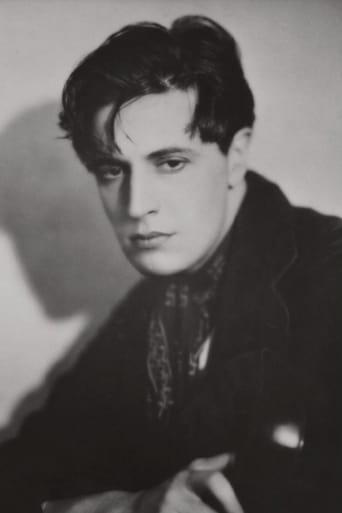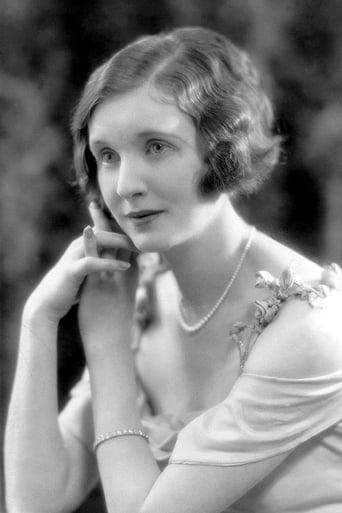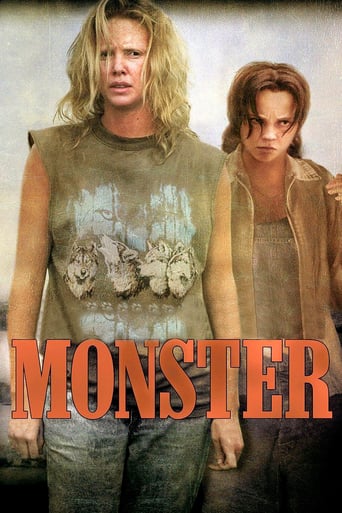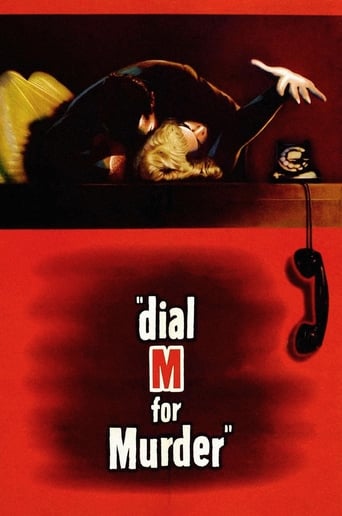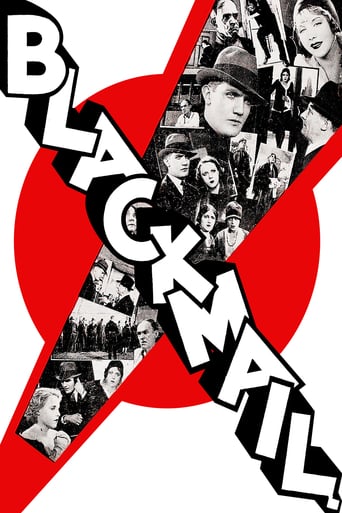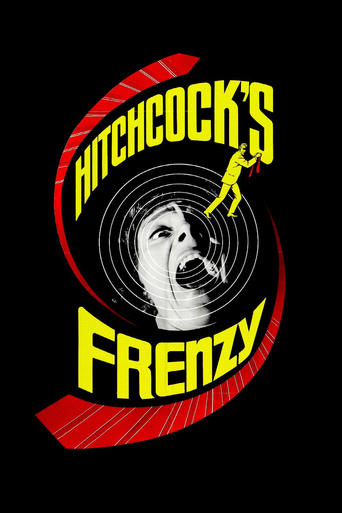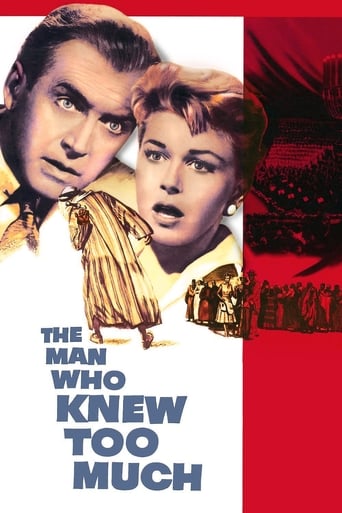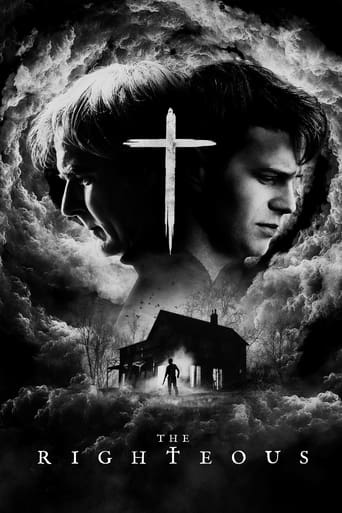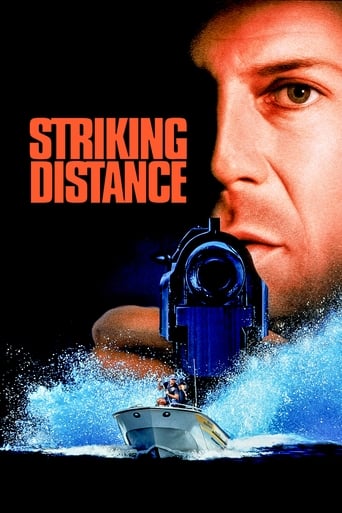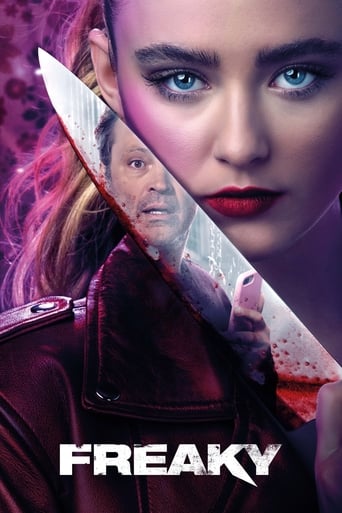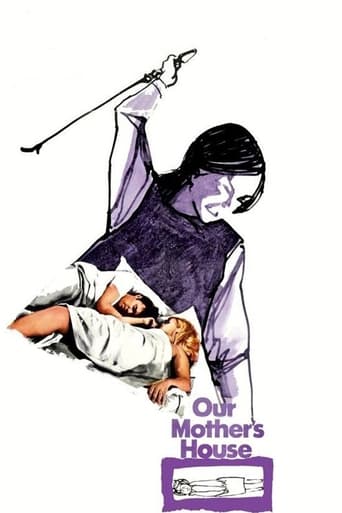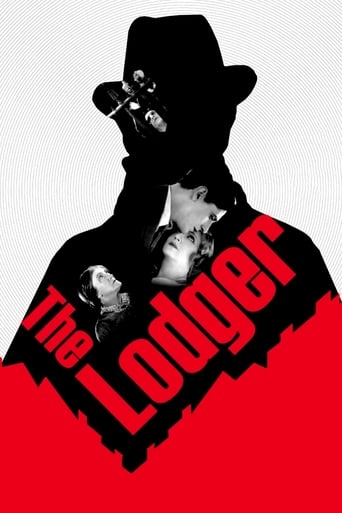
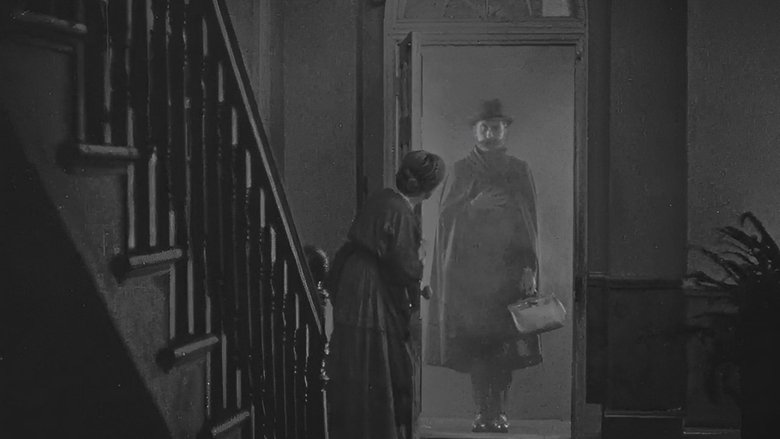
The Lodger: A Story of the London Fog (1928)
London. A mysterious serial killer brutally murders young blond women by stalking them in the night fog. One foggy, sinister night, a young man who claims his name is Jonathan Drew arrives at the guest house run by the Bunting family and rents a room.
Watch Trailer
Cast


Similar titles
Reviews
"The Lodger" is known as Hitchcock's first real movie, ie. the first to show some of his trademark touches.Unfortunately, for most of the movie I was bored. It seemed hopelessly overlong at an hour and a half for what is a rather simple story. The titular lodger comes to stay at a boarding house while there is a serial killer on the loose. A mutual attraction develops between the lodger and a show girl who lives at the house, and people begin to suspect the lodger may be the killer, long after we have made the same assumption.The movie finally takes a turn for the unexpected near the end, but I had lost interest by that point.
I'm hardly ever in the right mood to watch silent movies, but as a self-declared cinephile, you should make some necessary exceptions. The earliest work of Alfred Hitchcock, for example, since he undoubtedly is one of the (if not THE) most important director of all times. Admittedly I don't worship the Master of Suspense's entire repertoire, but I am extremely fond of his horror/thriller movies dealing with psychopathic murderers, and thus "The Lodger" ought to be considered as mandatory viewing. I can only concur with what I've read in numerous reviews, namely that Hitchcock's preferences for macabre tales, mentally burdened lead characters, pitch black humor and unorthodox plot twists are already clearly noticeable here in this primitive story inspired by the Jack the Ripper case. Visually and stylistically, young Alfred's creative mind also was already far more advanced than the technological possibilities of that era. It's abundantly clear that he wanted to do so much more with his cameras, lighting effects and sound, but the film industry simply wasn't ready or equipped yet. How frustrating that must have been. Anyway, as said, the story is a slightly more polished re-enactment of the Ripper murders that kept London under siege at the end of the 19th century. Instead of prostitutes, the killer is exclusively targeting "fair-haired" girls and for some reason he's only prowling the streets on Tuesday evenings. When a mysterious and deeply introvert young man applies for the room she has for rent, the landlady slowly begins to suspect that he might be wanted killer. After all, he often covers half of his face with a scarf, just as how witnesses described the killer, and he shows a lot of interest for the beautiful fair-haired daughter Daisy. Hitchcock demonstrates his vision and talents through maintaining a continuously unsettling atmosphere, a couple of genuinely tense sequences and a few stunning (especially for 1927) camera angles. The finale, illustrating a relentless manhunt by a furious mob, is truly astounding and certain themes from the denouement would later grow out to be director's trademarks. Acting performances are always difficult to judge in silent films, but I must say I was perplexed by the appearance of Malcolm Keen. He's supposed to be the honest police detective, but his eyes and charisma are far more evil and menacing than those of any serial killer I've ever seen!
Silent classic from Alfred Hitchcock, considered by many to be the first "true" Hitchcock film in that it's more like his later suspense films than the rest of his silent work, and it features some of the themes that would pop up again and again throughout his career. The story is about a serial killer known as The Avenger killing blonde women in London. A stranger checks into a boarding house and soon after he becomes a suspect for the killings. It's a great film, with some of Hitchcock's best direction of his early years. Stylistically, he's clearly been inspired by some of the talented German directors of the time. The cast is good, with Ivor Novello giving some of the best wide-eyed "silent movie stares" you've ever seen from a male actor. Novello would star in a Hitchcock-less remake of this just five years later. Another remake would be made in 1944 with Laird Cregar as the star. That version is different in some key ways from this one. It's also the only version besides this one that's worth watching.
I love the opening title card, showing a caricature of a trenchcoated figure with a wide brimmed hat, lurking through a doorway, bathed in orange light. Girl, with a wide open gape, screaming, as she discovers the blonde body, the latest victim of "The Avenger", a Jack The Ripper-like maniac stalking and killing blondes on the foggy streets of London. But who is responsible? Is it the new lodger taken in by the Buntings, who has taken an uncanny interest in their blonde daughter? Hitchcock's first suspense flick, as well as one of his earliest surviving films, is nearly expressionistic, theatrical, essential viewing for Hitchcock fans and fans of silent films, even if a bit static and harmed by contrived happy ending. A lot of the film deals, not with the actual murders, but with the sensationalistic media coverage of the murders. Based on the somewhat overrated book by Marie Belloc Lowndes, this film improves on that slow moving tale, based partially on the Jack The Ripper killings form 1888, and theories as to who the killer was. A lot of commenters merely mention this as being Hitchock's first film, and talk about the traits he later used which he originated with this film. But people couldn't say that at the time of the initial release, they could (and should) only talk about what a good movie this is, to this day. It still holds up as a good suspense movie, despite being nearly a century old, and regardless of who directed it and at what point in their career.


